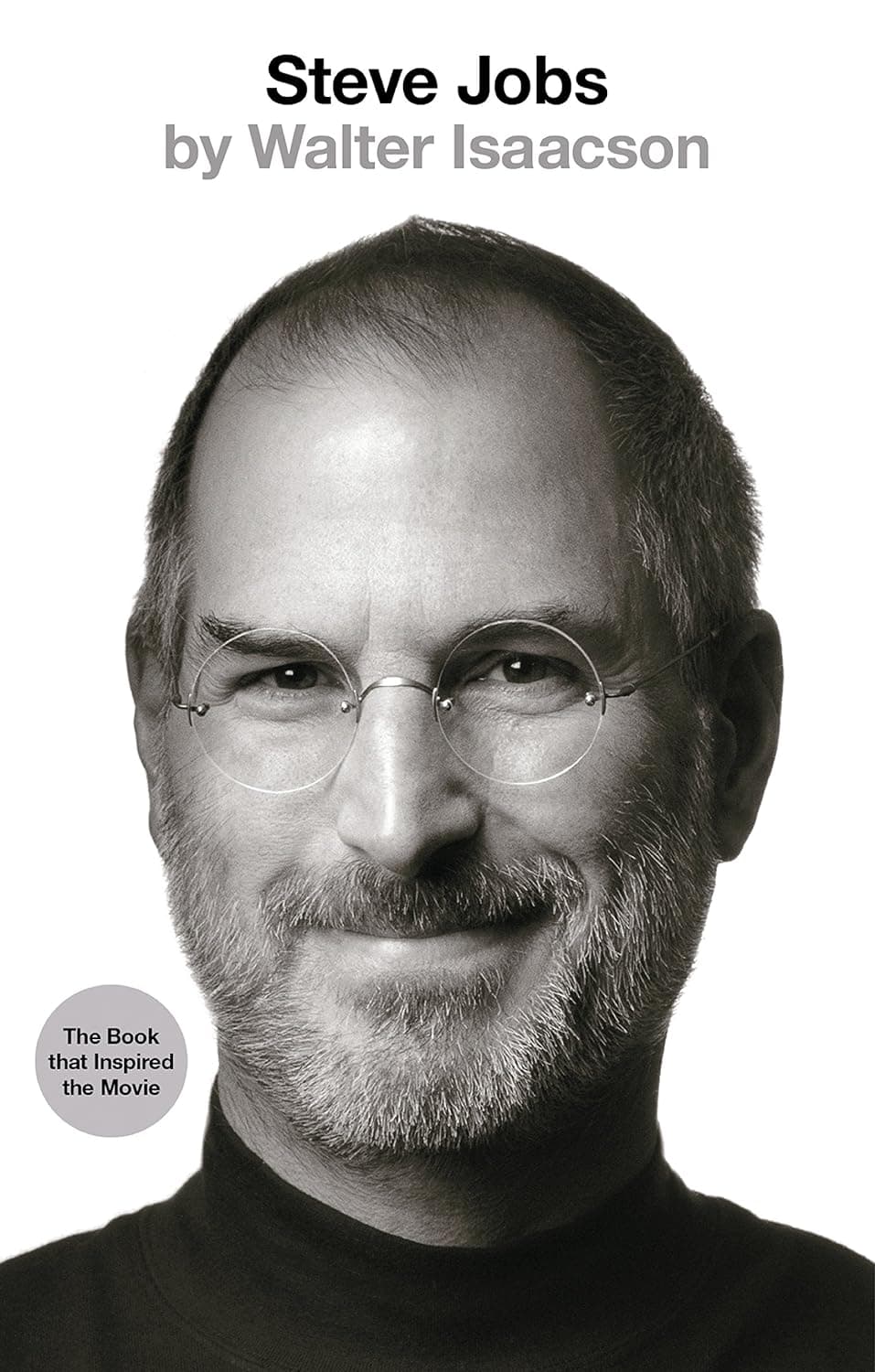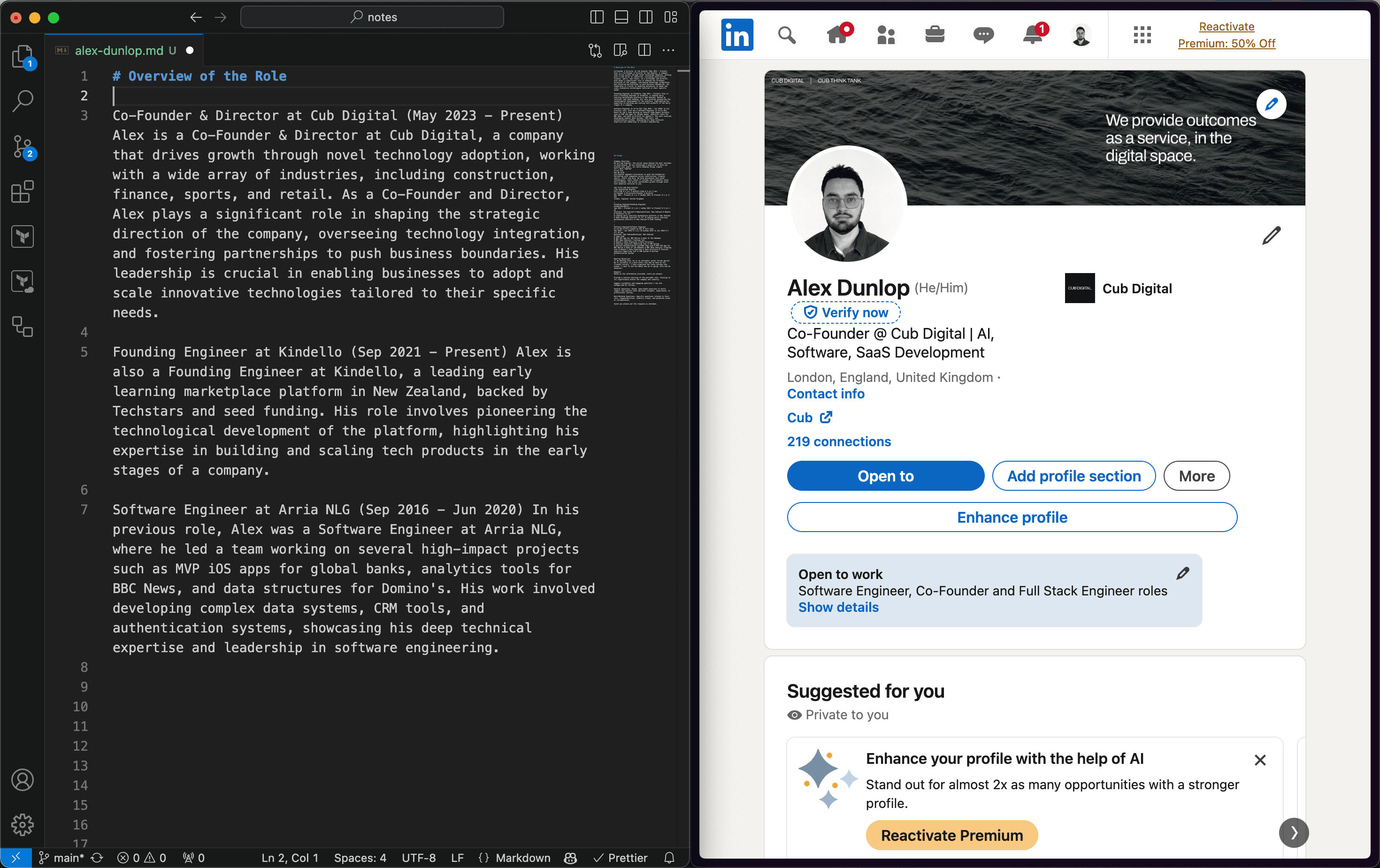Do things that don't scale

GET THE #1 EMAIL FOR EXECUTIVES
Subscribe to get the weekly email newsletter loved by 1000+ executives. It's FREE!

"Do things that don't scale"

Paul Graham, co-founder of Y Combinator, coined the phrase "Do things that don't scale" in his 2013 essay. This paradoxical advice has become a cornerstone of startup strategy, but its wisdom extends far beyond fledgling companies.
Why this phrase?
Graham observed a common pitfall among startups: founders often prematurely focus on scaling their business before establishing a solid foundation. This approach, he argued, can lead to building something nobody wants.
The essence of the advice is simple:
- Start small.
- Focus intensely on a few users.
- Provide an exceptional experience.
This approach allows companies to learn rapidly, iterate effectively, and build a loyal user base before attempting to scale.
In my consulting work with established businesses, I've seen firsthand how this principle can reignite growth and innovation, even for large companies.
The Paradox of Scale
Established businesses often fall into the scale trap. They've mastered efficiency, but lost the personal touch that fuelled their initial success.
Here's the truth: When entering new markets or launching new products, even large companies need to think like startups.
Let's explore five famous examples of companies that embraced this philosophy, and then we'll see how established businesses can apply these lessons:
1. Airbnb: The Photography Hustle
Brian Chesky and Joe Gebbia didn't just list properties. They became photographers.
They personally visited hosts in New York, taking high-quality photos of listings. This hands-on approach not only improved the quality of listings but also built trust with early users.
This is a story from the early days of Airbnb and to how they acquired users as told on the Masters of Scale Interview
Brian Chesky: "Paul Graham asked us, Where’s your business? Where’s your traction?” And I go, “We don’t have a lot of traction.”
Paul Graham: People must be using it.
Brian Chesky: There are a few people in New York using it.
Paul Graham: So your users are in New York, and you’re still in Mountain View.
Brian Chesky: Yeah.
Paul Graham: What are you still doing here?
Brian Chesky: What do you mean?
Paul Graham: Go to your users. Get to know them. Get your customers one by one.
Brian Chesky: But that won’t scale. If we’re huge and we have millions of customers, we can’t meet every customer.

After this advice, they started acquiring properties and talking to customers directly.

2. Stripe: Coding on Demand
The Collison brothers, Patrick and John, didn't just build a payment system. They became on-call developers for their users.
In Stripe's early days, the founders would personally help users integrate the system, often jumping on calls to debug issues in real-time.
This level of support was unsustainable long-term. But it was invaluable for building a robust, user-friendly product.
The Collison Install

This tactic became known as the "Collison Install," named after Patrick Collison, co-founder of Stripe and is still mentioned in today's Y Combinator cohorts as a way to get early customers.
3. DoorDash: From Flyers to Food Empire
Another Y Combinator company (Paul Graham has a knack for spotting talent!)
DoorDash's founders didn't start with an app. They started with flyers and cold calls.
- They distributed flyers door-to-door.
- They personally called restaurants to build their initial marketplace.
- They even made deliveries themselves to understand the process intimately.
This ground-level approach gave them unparalleled insights into their business model.
Takeaway: Don't shy away from grunt work. Direct involvement can rapidly validate your idea and build your initial user base.
4. Dropbox: The Video that Launched a Billion-Dollar Company
Yep, you guessed it, another Y Combinator alum!
Drew Houston didn't rely on complex marketing strategies. He made a video.
A simple explainer video demonstrating Dropbox's functionality went viral on tech forums, driving early sign-ups and interest.
This low-budget approach perfectly communicated the product's value proposition.
Takeaway: Craft a compelling product narrative. Sometimes, showing is more powerful than telling, especially for complex or novel solutions.
Enterprise Application: Think Small to Grow Big
Now, let's see how established businesses can apply these lessons. I recently advised a large company launching a new B2B service. Their instinct? Mass marketing and sales automation.
Our approach? We went old school.
- The CEO personally called 20 potential clients.
- The product team shadowed users for a week.
- Customer support was handled exclusively by senior staff for the first month.
The results were transformative:
- Product improvements based on real-world usage
- A sales pitch refined by C-level conversations
- Customer loyalty born from high-touch support
This "unscalable" approach led to a product launch that exceeded targets by 150%.
Why Unscalable Actions Matter
For both startups and established businesses, unscalable actions offer several key benefits:
- They provide unfiltered feedback.
- They build strong user relationships.
- They offer deep market insights.
- They break institutional blindness.
- They reconnect leadership with ground realities.
- They foster a culture of customer-centricity.
These actions lay the foundation for future growth and innovation.
Implementing Unscalable Actions in Your Business
Whether you're a startup founder or a corporate executive, here's how to embrace the "do things that don't scale" philosophy:
- Handle customer service personally.
- Create tailored onboarding experiences.
- Embrace manual processes initially.
- Conduct regular, in-depth user interviews.
- Have C-suite executives call customers directly.
- Let engineers shadow sales calls.
- Provide white-glove service for early adopters of new products.
- Focus on making a product that one person loves, rather than one that many like.
For established businesses, the key is temporary descaling. It's not about dismantling efficient systems. It's about creating controlled environments for high-learning, high-touch experiences.
Balancing Unscalable and Scalable
While unscalable actions are crucial in the early stages or when entering new markets, it's important to know when to shift gears. Here are some signs it's time to start scaling:
-
Repetitive Tasks: When you find yourself repeatedly doing the same manual tasks, it might be time to automate.
-
Growing Demand: If demand outpaces your ability to provide personalised service, start developing systems to handle increased volume.
-
Established Product-Market Fit: Once you're confident in your product-market fit, focus on scalable growth strategies.
-
Team Growth: As your team expands, ensure the company's values and customer-centric approach are ingrained in the culture.
-
Consistent Positive Feedback: When you start hearing the same positive comments repeatedly, you've likely found a winning formula.
-
Repeatable Sales Processes: When you can predict and replicate successful sales interactions, it's time to scale up.
-
Support Requests Become Repetitive: If you're answering the same questions over and over, it's time to create scalable support systems.
Conclusion: The Scalable Power of Unscalable Actions
Remember, every large tech company started as a small team doing things that didn't scale. And even established businesses can benefit from periodically returning to this approach, especially when venturing into new territories.
Graham's advice isn't about staying small. It's about building a solid foundation for explosive growth. So, whether you're a two-person startup or a multinational corporation, don't be afraid to roll up your sleeves, get your hands dirty, and do things that don't scale.

















